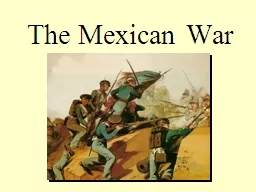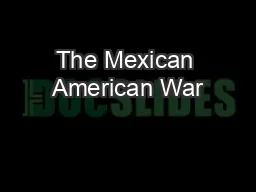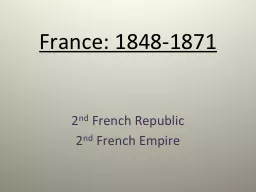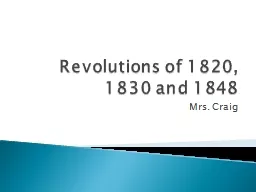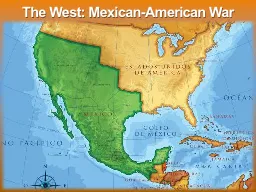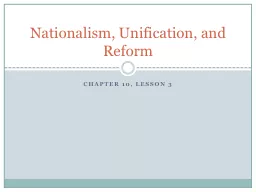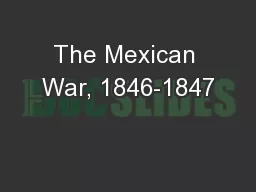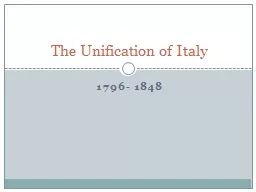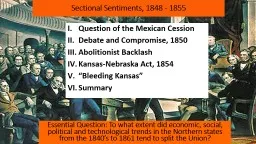PPT-The Mexican War Mexican War, 1846-1848
Author : myesha-ticknor | Published Date : 2018-03-17
Texas wanted to be annexed US government wanted New Mexico and California Mexico did not want to Recognize Texas independence or annexation Sell New Mexico and California
Presentation Embed Code
Download Presentation
Download Presentation The PPT/PDF document "The Mexican War Mexican War, 1846-1848" is the property of its rightful owner. Permission is granted to download and print the materials on this website for personal, non-commercial use only, and to display it on your personal computer provided you do not modify the materials and that you retain all copyright notices contained in the materials. By downloading content from our website, you accept the terms of this agreement.
The Mexican War Mexican War, 1846-1848: Transcript
Download Rules Of Document
"The Mexican War Mexican War, 1846-1848"The content belongs to its owner. You may download and print it for personal use, without modification, and keep all copyright notices. By downloading, you agree to these terms.
Related Documents

